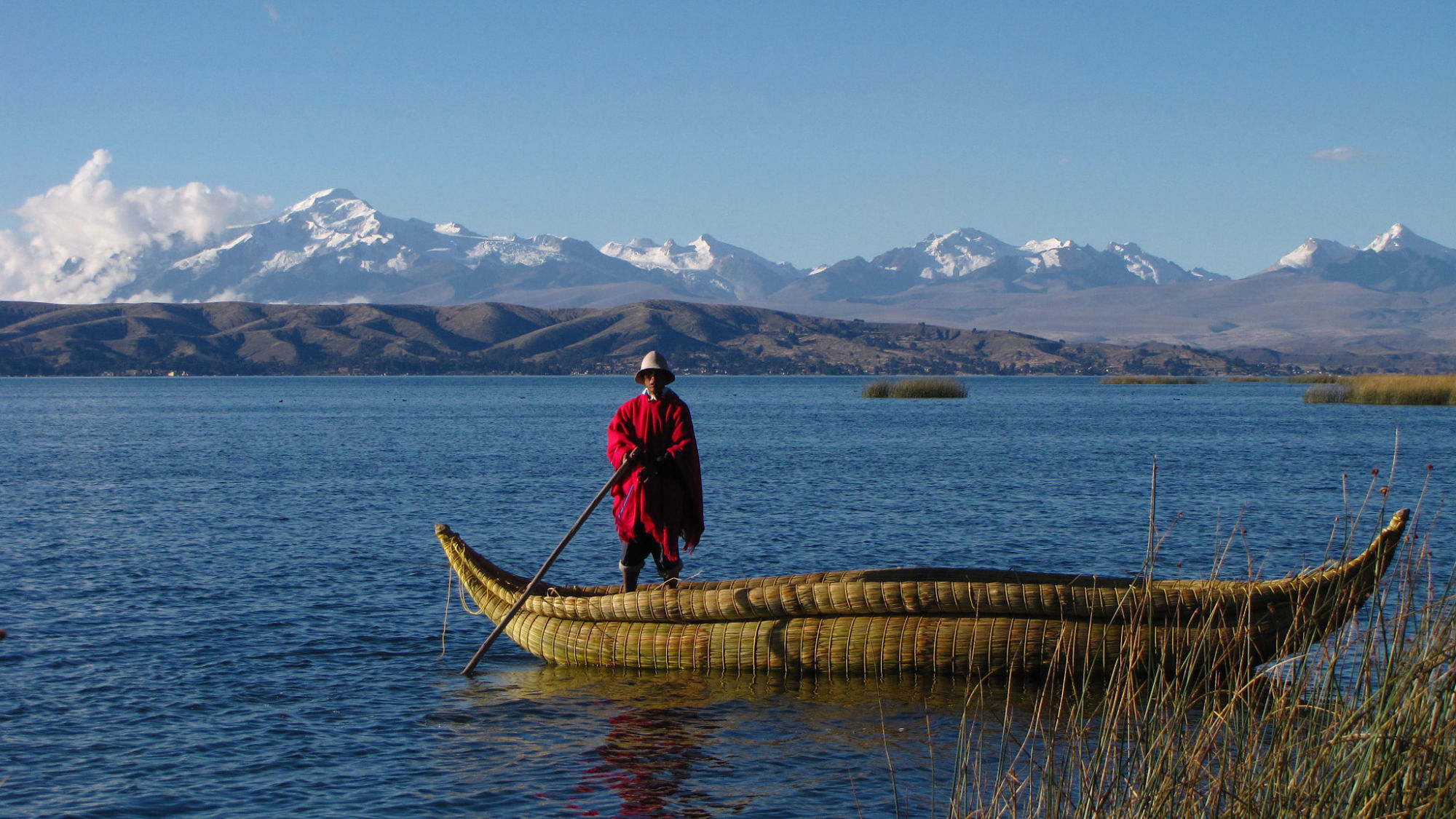As a result of the lack of rain in the highlands of the Bolivian department of La Paz (west), Lake Titicaca, by volume of water and by surface area, the largest lake in South America, shared between Bolivia and Peru, dropped 97 centimeters of its level, the National Service of Meteorology and Hydrology (Senamhi) reported.
Ana Luz Mendoza, the Senamhi forecaster, said Tuesday that there had been concern among residents living in neighboring communities in the highlands of La Paz due to the drop in water level of almost one meter in Titicaca and predicts that this dynamic will continue if the absence of rainfall in these populations is maintained.
He admitted that this drop in the level of the shared lake has rarely been experienced.

Images broadcast on Tuesday by the private channel Unitel showed the drop in water level in Titicaca, where port docks, which were usually used to board boats, became unusable due to the drop in water level.
Lake Titicaca, shared by Bolivia and Peru and considered the highest navigable lake in the world at almost 4,000 meters above sea level, is suffering from inclement weather due to the drought affecting several Bolivian regions and threatening it’s unique cultural, animal, and plant wealth.
“Lake Titicaca is being affected in the level of its waters by global warming and climate change due to a scarce contribution of rainfall directly from the main tributary rivers and the evaporation of its waters,” said the expert.
Mendoza commented that the decrease in the level of the Titicaca’s water mirror directly affects the aquatic fauna, birds, and populations settled around this lake and the ecosystem of the populations.
According to Peruvian media, the Peruvian National Meteorological and Hydrological Service reported on Monday that, so far in January 2023, the principal rivers of the Titicaca hydrographic region have been showing anomalies in their flows, due to rainfall deficits during the October-December 2022 and January 2023 quarters.
Likewise, these flow deficiencies are causing a decrease in the water levels of Lake Titicaca, corresponding to 0.524 meters, from September 1, 2022, to January 30, 2023.
On the other hand, these anomalies presented during January 2023, concerning the 1981-2022 period, are among the most extremely similar to those presented in 1990, 1999, 2002, 2005, 2009, 2011, and 2016 in the Titicaca hydrographic region.
LAKE TITICACA
Lake Titicaca, shared between Bolivia and Peru, has dropped almost one meter in its water level due to a lack of rainfall.
Lake Titicaca is a large freshwater lake in the Andes mountains on the border of Bolivia and Peru. It is often called the highest navigable lake in the world.
By volume of water and by surface area, it is also the largest lake in South America. Lake Titicaca has a surface elevation of 3,812 m.
The lake is located at the northern end of the endorheic Altiplano basin high in the Andes on the border of Peru and Bolivia. The western part of the lake lies within the Puno Region of Peru, and the eastern side is located in the Bolivian La Paz Department.

